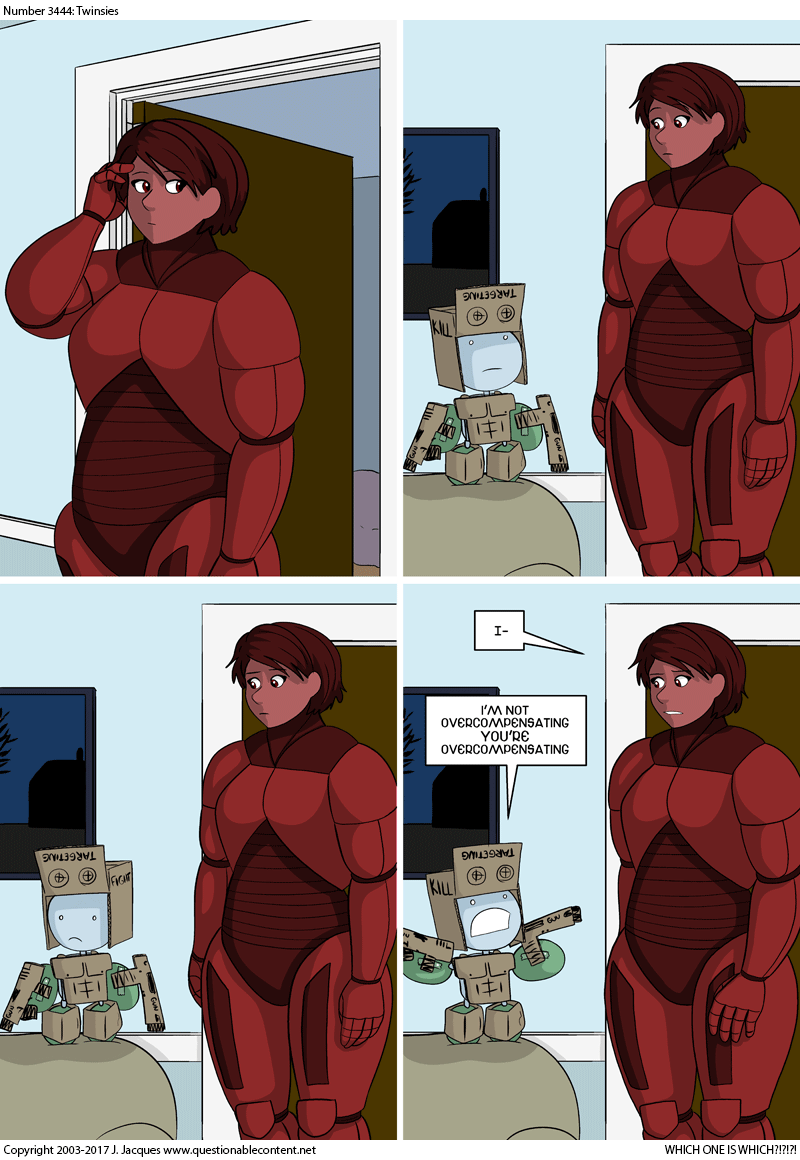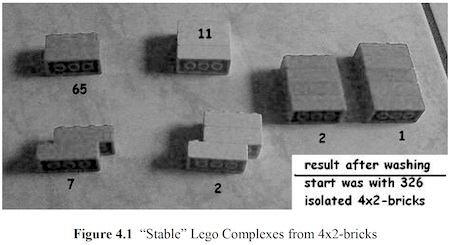| Piled Higher & Deeper by Jorge Cham |
www.phdcomics.com
|
|
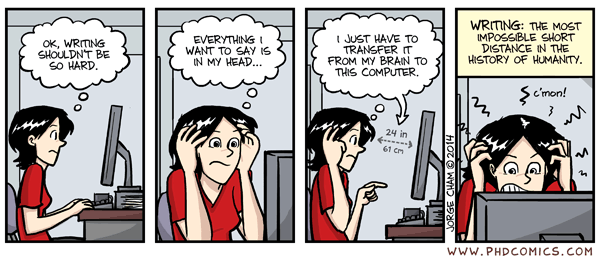 |
||
|
title:
"Writing" - originally published
7/21/2014
For the latest news in PHD Comics, CLICK HERE! |
||
| Piled Higher & Deeperby Jorge Cham | www.phdcomics.com | |||||||
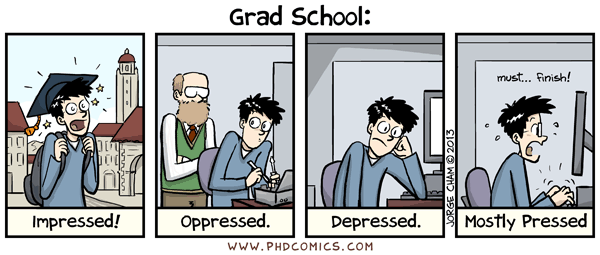 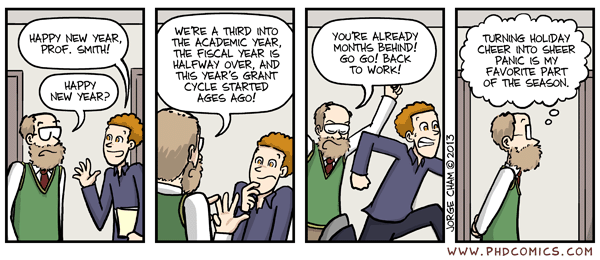 For the latest news in PHD Comics, CLICK HERE! | ||||||||

http://www.theguardian.com/commentisfree/2014/jan/24/exploitation-of-adjunct-professors-devalues-higher-education
Colin Lecher writes in Popular Science:
“Random Structures from Lego Bricks and Analog Monte Carlo Procedures” is… about throwing Legos in a washing machine. And it is wonderful.
Ingo Althöfer of Friedrich-Schiller University in Germany is the author of the minor masterpiece. From the introduction to the paper, allow Dr. Althöfer to explain:
Within a larger experimental series we put a whole bucket of old Lego(TM) bricks (from the late 1960′s and the early 1970′s) into our Miele(TM) washing machine [1]. The bricks were treated for 70 minutes, at 40 degree Celsius, without speed spinning at the end, without washing powder.
Yes! Good. But why do this? To see how many Lego(TM) bricks end up stuck together after they’ve all been spun, naturally. In other words–in the paper’s words–to see what “complexes arise” when you tumble those bricks…
Here’s detail from the study:
(Thanks to investigator Tom Ulrich for bringing this to our attention.)
BONUS (only slightly related): How to build a lego washing machine:
